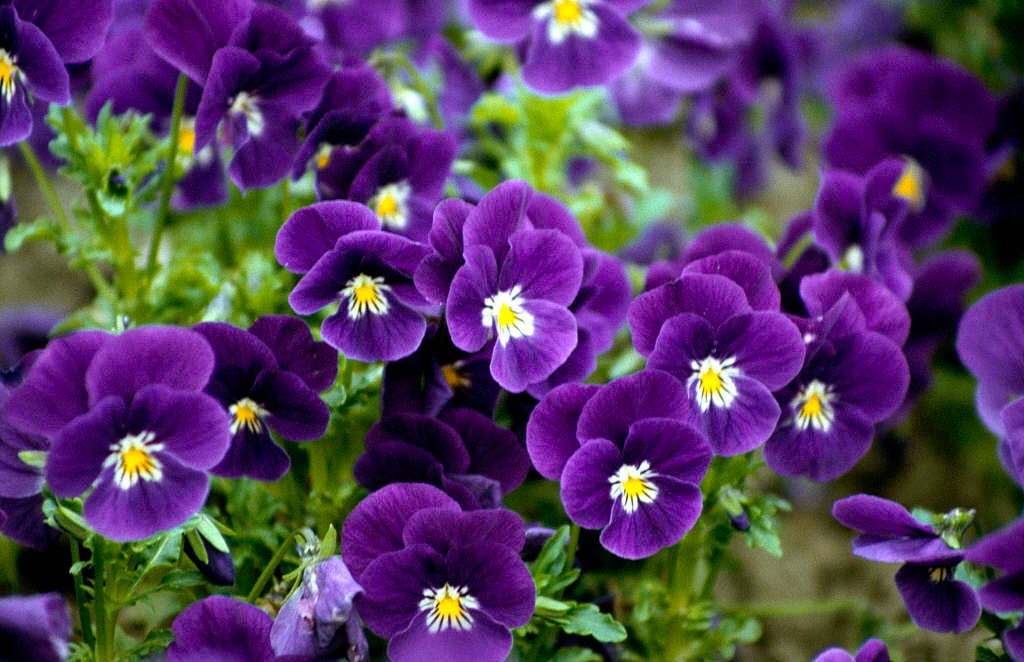Not the plant you're looking for? Search over 300,000 plants
Bedding
Size
Ultimate height
0.1–0.5 metresTime to ultimate height
1–2 yearsUltimate spread
0.1–0.5 metresGrowing conditions
Chalk
Clay
Loam
Sand
Moisture
Moist but well–drainedpH
Acid, Alkaline, NeutralColour & scent
| Stem | Flower | Foliage | Fruit | |
| Spring | Purple White | Green | ||
|---|---|---|---|---|
| Summer | Purple White | Green | ||
| Autumn | Green | |||
| Winter | Green |
Position
- Full sun
- Partial shade
Aspect
North–facing or West–facing or East–facing or South–facing
Exposure
Exposed or Sheltered Hardiness
H5Botanical details
- Family
- Violaceae
- Native to GB / Ireland
- No
- Foliage
- Evergreen
- Habit
- Clump forming
- Genus
Viola can be annuals, biennials or deciduous or evergreen perennials, with simple or pinnately lobed leaves and 5-petalled flowers of characteristic shape
- Name status
Accepted
How to grow
Cultivation
Best grown in humus-rich, moist but well-drained soil in sun or partial shade
Propagation
Propagate by seed
Suggested planting locations and garden types
- Cottage and informal garden
- Patio and container plants
- City and courtyard gardens
- Flower borders and beds
- Garden edging
Pruning
Deadhead to prolong flowering
Pests
May be susceptible to slugs, snails, aphids and glasshouse red spider mite
Diseases
May be susceptible to a leaf spot, a virus, a rust and powdery mildews
Get involved
The Royal Horticultural Society is the UK’s leading gardening charity. We aim to enrich everyone’s life through plants, and make the UK a greener and more beautiful place.
